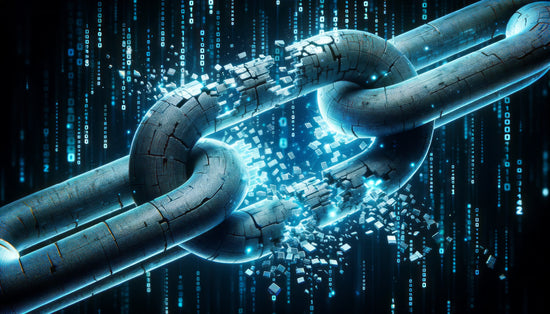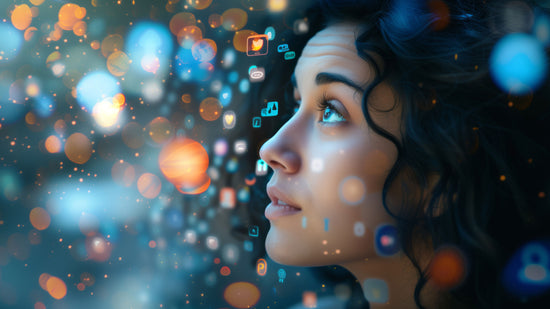And are we ready for it?
Deepfake is a term that combines "deep learning" and "fake." It refers to the use of advanced machine learning and artificial intelligence techniques to create realistic and often deceptive videos, audio recordings, or other media where a person's likeness or voice is manipulated to make it appear as if they are saying or doing something they never actually did. Deepfake technology can be used to superimpose one person's face onto another's in a video, alter the words or expressions of individuals, or even create entirely fabricated content that is difficult to distinguish from reality. The term "deepfake" became popular due to the concerns it raised about the potential for misuse, such as spreading disinformation, manipulating political events, or creating fraudulent content.

Deepfake technology is nothing new, it has been around for a decade. Over time, as it is the case with all technology, it has evolved, and its development has been exponential, meaning the speed of improvement is faster and faster with every software iteration. In other words, if it took years to get from the early versions of image manipulation to the first rather crude deepfake videos to go viral in 2017, the jump from that to the incredibly realistic examples we see today was much shorter.
Back in May of 2020, Forbes.com published an article in which Hany Farid, a UC Berkeley professor and deepfake expert was quoted as saying “In January 2019, deepfakes were buggy and flickery. Nine months later, I’ve never seen anything like how fast they’re going. This is the tip of the iceberg.”
This week, it seems that a new wave of celebrity deepfakes has reached the public, with artificially produced videos of actor Tom Hanks, news anchor Gayle King and YouTuber Mr. Beast all being called out by the real-life subjects.
Efforts to detect and combat deepfake content are ongoing, as the technology becomes more sophisticated. It's essential for everyone to be aware of the existence of deepfakes and to exercise caution and critical thinking when encountering potentially manipulated media. Identifying a deepfake can be challenging, but there are several strategies and tools you can use to help spot potential deepfake content:
Visual and Audio Anomalies: Pay attention to visual and audio inconsistencies. Look for strange artifacts, blurring, or distortions in the video or audio, especially around the manipulated areas like the face or mouth. Deepfakes can sometimes exhibit unnatural blinking patterns, lip-sync issues, or facial expressions that don't quite match the spoken words.
Check the Source: Verify the source of the content. If it's from a questionable or untrustworthy website or social media account, be more cautious. Think about the context and content of the video. Does it seem plausible, or is it highly unlikely that the person would be in that situation or saying those things?
Deepfake Detection Tools: There are various online tools and software designed to detect deepfakes. While not foolproof, they can provide additional assistance in identifying manipulated content.
Stay Informed: Familiarize yourself with the latest developments in deepfake technology and how to identify them. Awareness is a crucial defense against misinformation.

While we may not be ready as a society for the tsunami of disinformation and ai-generated content that arises, perhaps the most important of all your tools against the influence of deepfakes is the simplest one of them all: disconnect. In other words, how much time you spend on the internet and on social media is entirely up to you. Excessive use of social media and constant online connection can contribute to feelings of anxiety, depression, and loneliness. The constant exposure to curated representations of others' lives can foster unhealthy comparisons, ultimately impacting one's self-esteem and self-worth. By decreasing online time, individuals can break free from the grip of these negative emotions and find solace in the real world, nurturing healthier self-perceptions. Reducing our online presence can give us the time and attention to invest in the people who matter most to us, strengthening bonds and fostering deeper connections.
FOOD FOR THOUGHT
Reducing your exposure to “online influencers” also reduces how much they can influence you. Who are you allowing to be the greatest influence in your life right now?

An accomplished translator and writer, Cami has been in the creative field for nearly two decades. Her experience as a linguist in several fields, paired with her background as a native Latina immigrant (born and raised in Brazil and naturalized American citizen) gives her a unique perspective on the social and cultural context of our society. She has been with Techless since 2022 and currently lives in Michigan with her husband of twelve years, their eight-year-old son, and their puppy Oreo.






